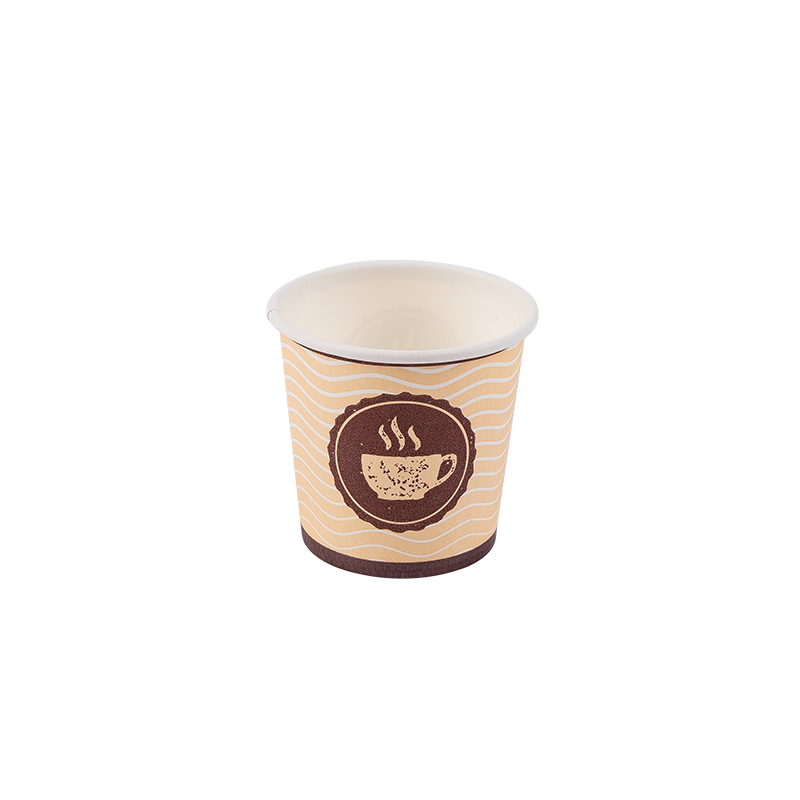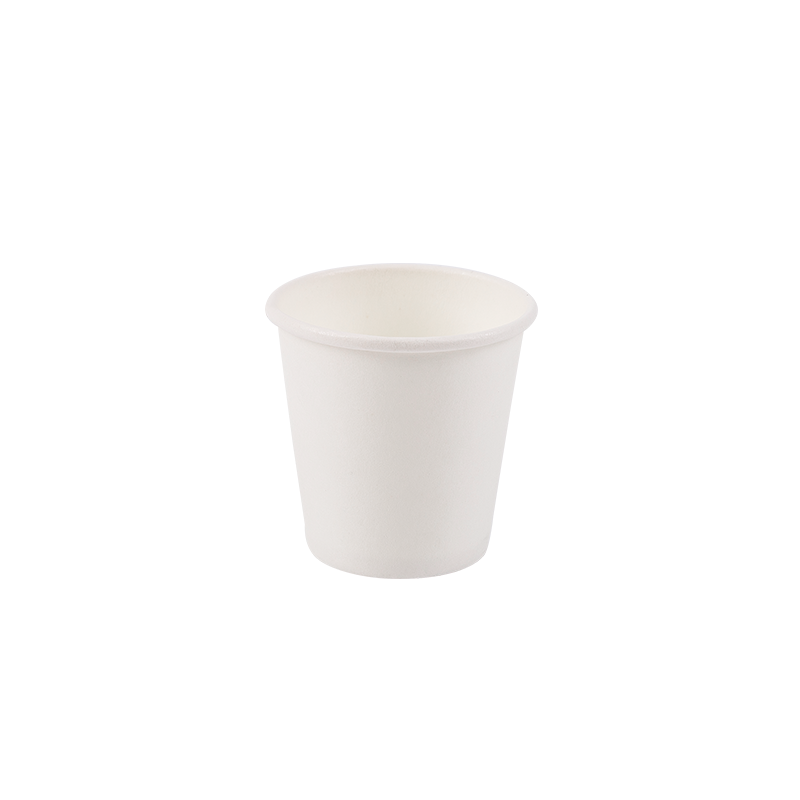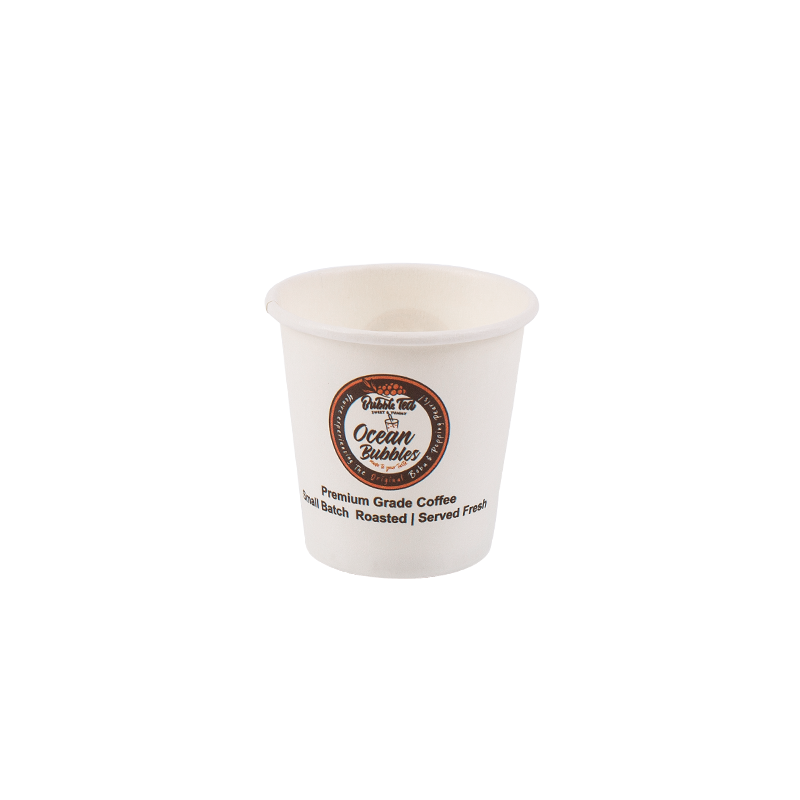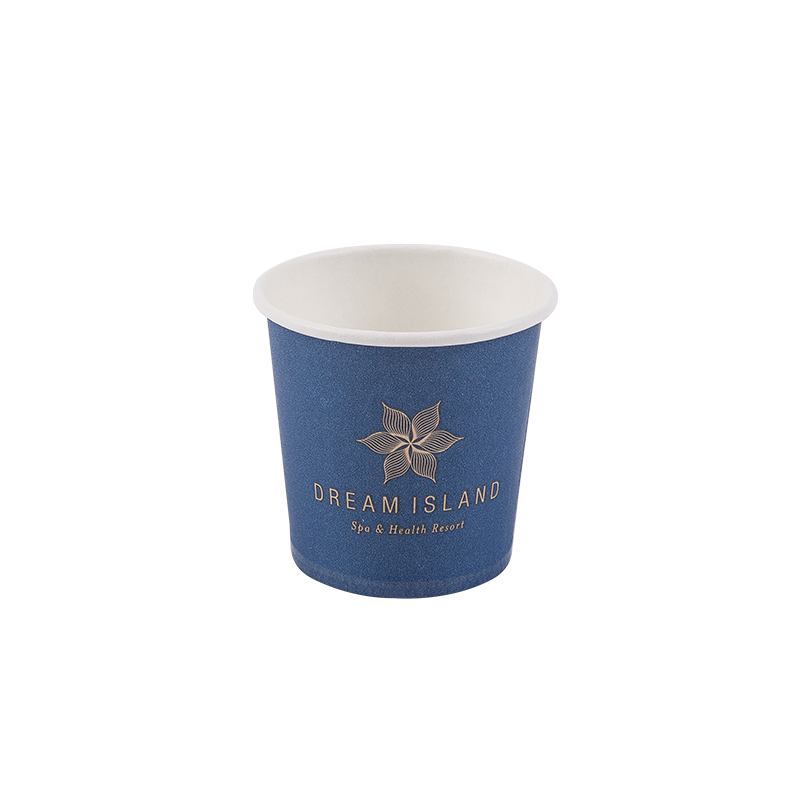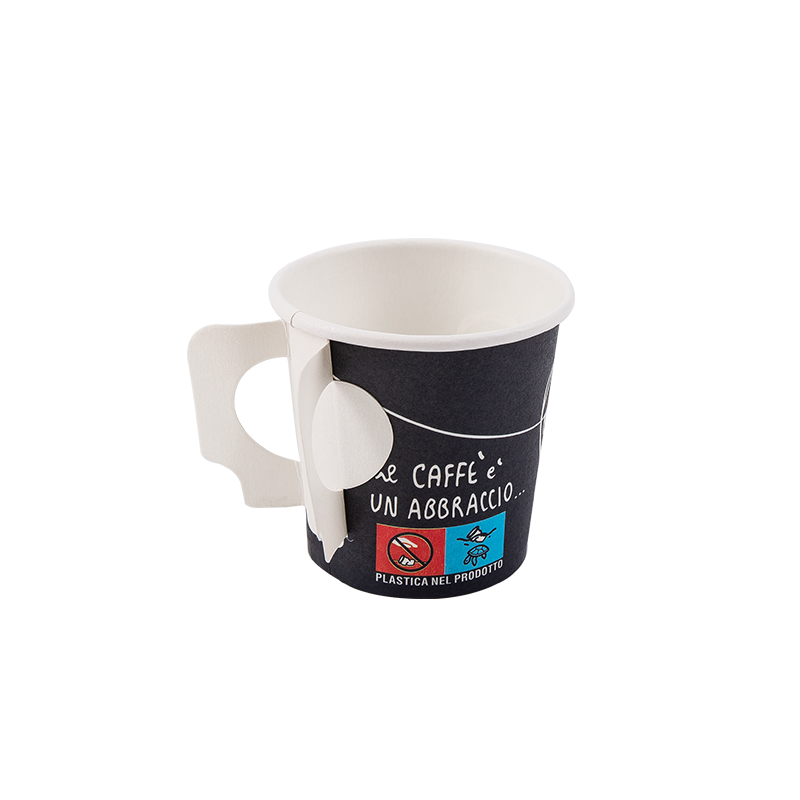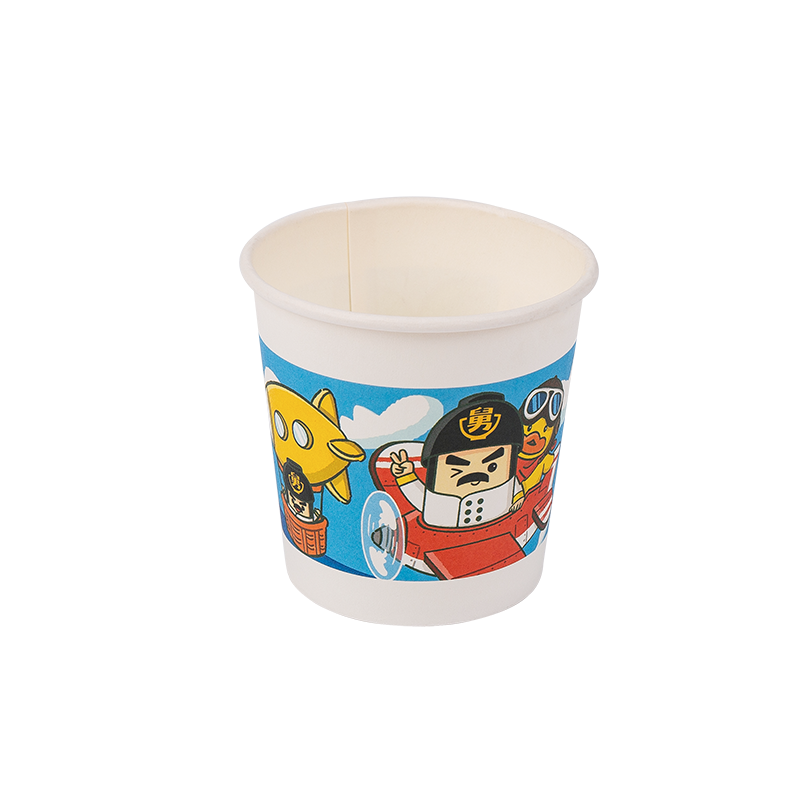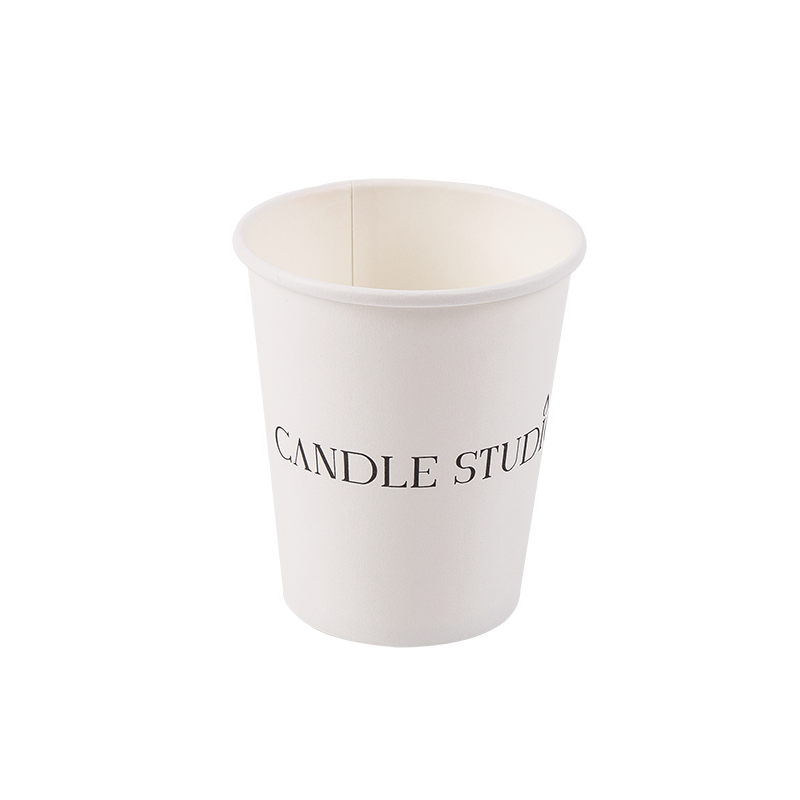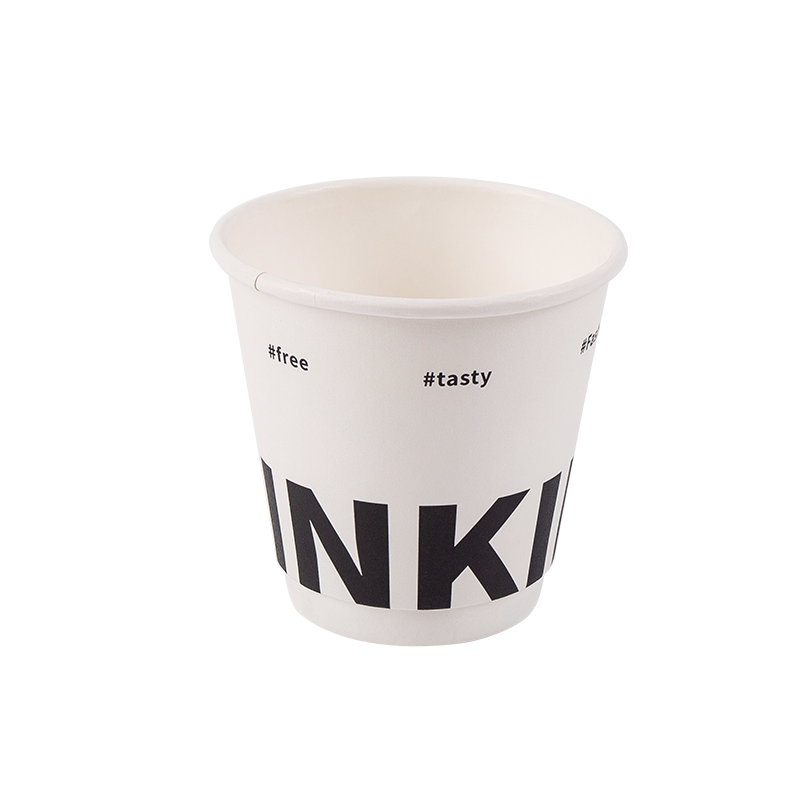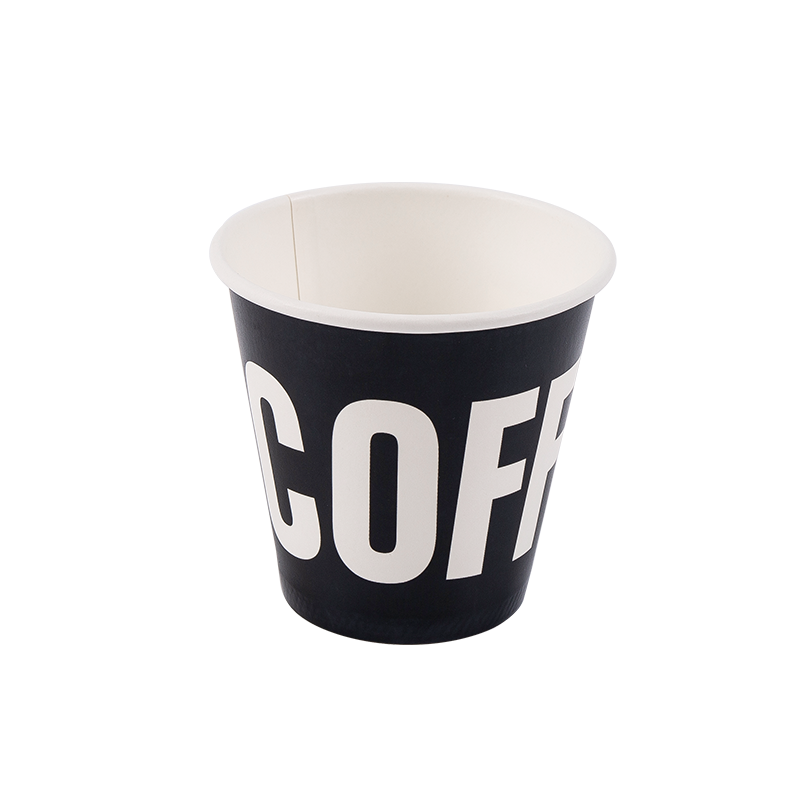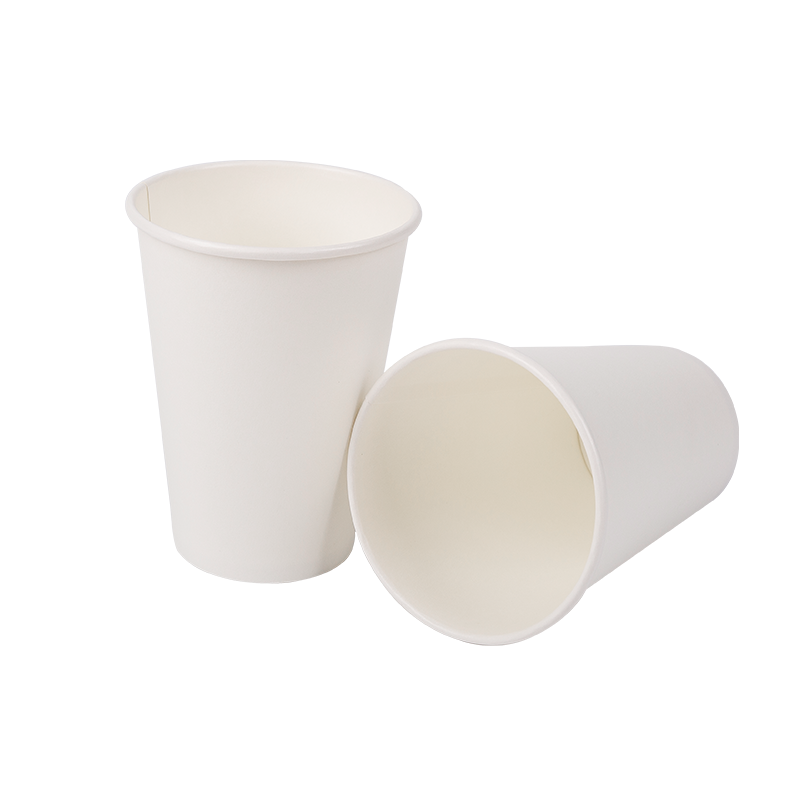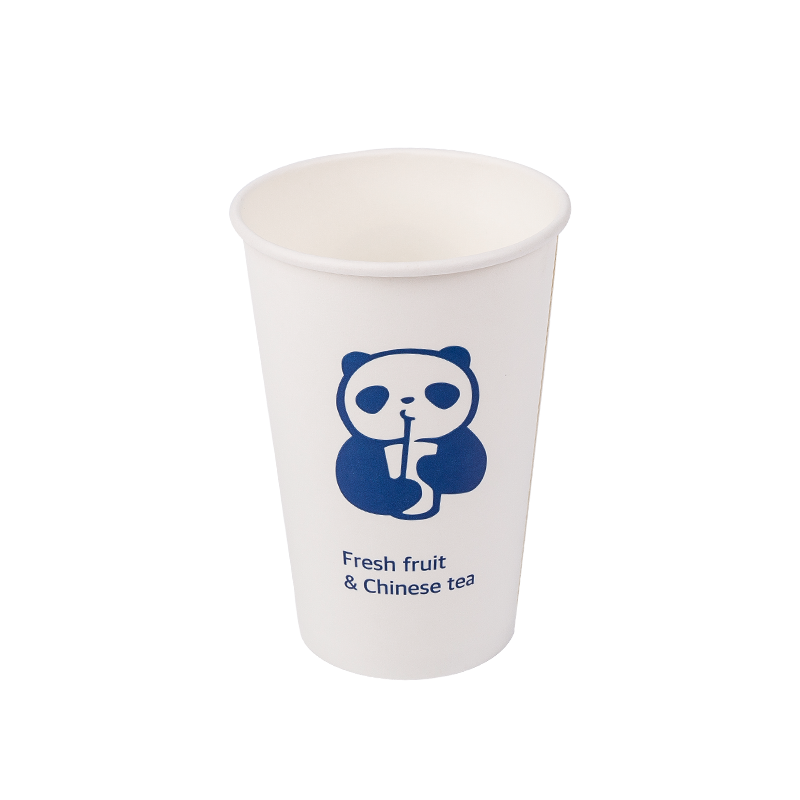The increasing global awareness of environmental issues has driven a significant shift towards sustainable alternatives in everyday products, with biodegradable bowls being a prime example. Unlike conventional plastic bowls that can persist in landfills for hundreds of years, these eco-friendly options are designed to break down naturally, returning to the earth without leaving harmful residues. But what exactly are these innovative bowls made from? The answer lies in a diverse range of natural and processed materials, each with its unique properties and benefits.
Plant-Based Polymers (Bioplastics)
A significant portion of biodegradable bowls are crafted from bioplastics, which are polymers derived from renewable biomass sources rather than fossil fuels. These can be broadly categorized into:
-
Polylactic Acid (PLA): One of the most common bioplastics, PLA is typically made from fermented plant starch, often corn, sugarcane, or cassava. It's a versatile material that can be molded into various shapes and offers good clarity and rigidity, making it suitable for disposable bowls. While PLA is biodegradable and compostable under commercial composting conditions, it generally requires specific industrial facilities to break down effectively.
-
Polyhydroxyalkanoates (PHAs): These are polyesters produced by bacteria during the fermentation of organic matter. PHAs are highly biodegradable, even in home composting environments, soil, and marine water. They offer good barrier properties and flexibility, making them a promising material for a wider range of applications, including bowls for both hot and cold foods.
-
Starch-Based Bioplastics: These materials directly utilize starches from corn, potato, or tapioca. They are often blended with other biodegradable polymers to improve their strength and water resistance. Starch-based bowls are typically very compostable and break down relatively quickly in various environments.
-
Cellulose-Based Materials: Derived from plant fibers, cellulose is an abundant and renewable resource. Cellulose-based bowls are often made from wood pulp or agricultural by-products. These materials are known for their strength and natural biodegradability.
Agricultural By-products
Leveraging waste from agricultural processes is a highly sustainable approach to producing biodegradable bowls. These materials often include:
-
Bagasse (Sugarcane Fiber): After sugarcane stalks are crushed to extract juice, the fibrous residue left behind is called bagasse. This material is incredibly strong, pulp-like, and an excellent alternative to paper and plastic. Bagasse bowls are highly resistant to grease and moisture, making them ideal for a wide range of food service applications, including hot and oily dishes. They are also readily compostable.
-
Wheat Straw: Similar to bagasse, wheat straw is the stalk left over after wheat grains are harvested. It's a rapidly renewable resource that can be processed into a sturdy and compostable material for bowls. Wheat straw bowls are known for their durability and ability to withstand both hot and cold temperatures.
-
Bamboo: While not strictly a "by-product" in the same way as bagasse or wheat straw, bamboo is a fast-growing and highly sustainable grass that can be processed into fibers for bowls. Bamboo bowls are often durable, reusable (if designed as such), and biodegradable.
Other Natural Materials
Beyond processed bioplastics and agricultural by-products, some biodegradable bowls are also made from more direct natural sources:
-
Palm Leaf: Fallen areca palm leaves are collected, cleaned, and pressed into various shapes, including bowls. These bowls are naturally sturdy, leak-proof, and have a unique, rustic appearance. They are completely biodegradable and compostable, offering a truly natural and sustainable option.
-
Wood: While less common for single-use disposable bowls due to cost and processing, some specialty or reusable biodegradable bowls can be crafted from sustainable wood sources.
The Biodegradation Process
The "biodegradable" aspect means these bowls are designed to decompose through the action of microorganisms (like bacteria and fungi) into natural substances such as water, carbon dioxide, and biomass. The rate and conditions required for degradation vary significantly depending on the material:
-
Compostable: Many biodegradable bowls are certified compostable, meaning they will break down into nutrient-rich compost in industrial or commercial composting facilities within a specific timeframe (e.g., 90-180 days). Some materials are also suitable for home composting.
-
Biodegradable in Specific Environments: Some materials might biodegrade in soil or marine environments, though often at a slower rate than in controlled composting settings.
In conclusion, the innovation in biodegradable bowl manufacturing is vast and continuously evolving. By utilizing renewable plant resources and agricultural waste, these bowls offer a crucial step towards reducing plastic pollution and fostering a more circular economy. When choosing biodegradable bowls, understanding the specific materials and their recommended disposal methods is key to ensuring they fulfill their environmental promise.
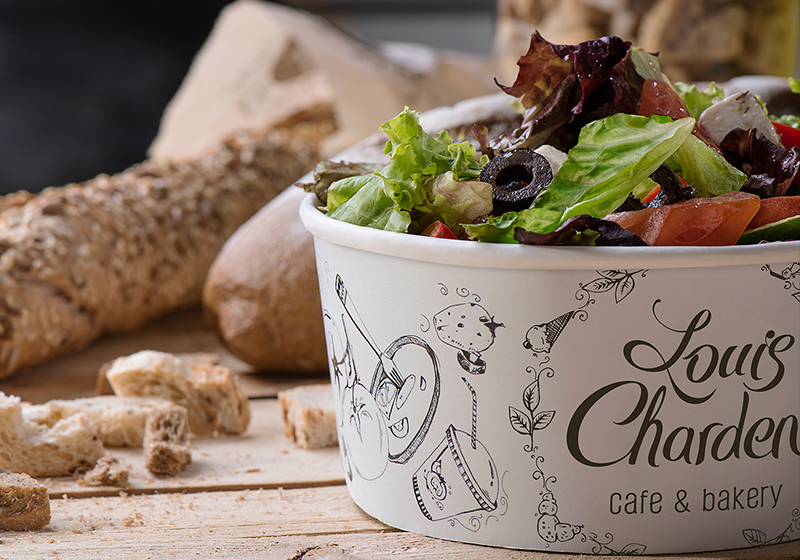










 English
English русский
русский Español
Español 中文简体
中文简体